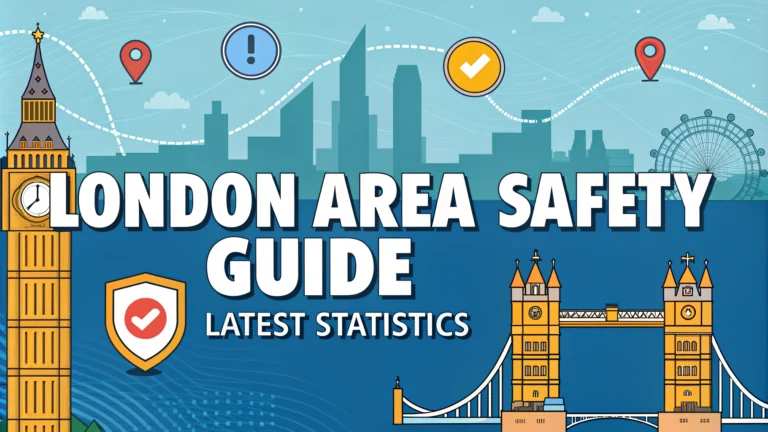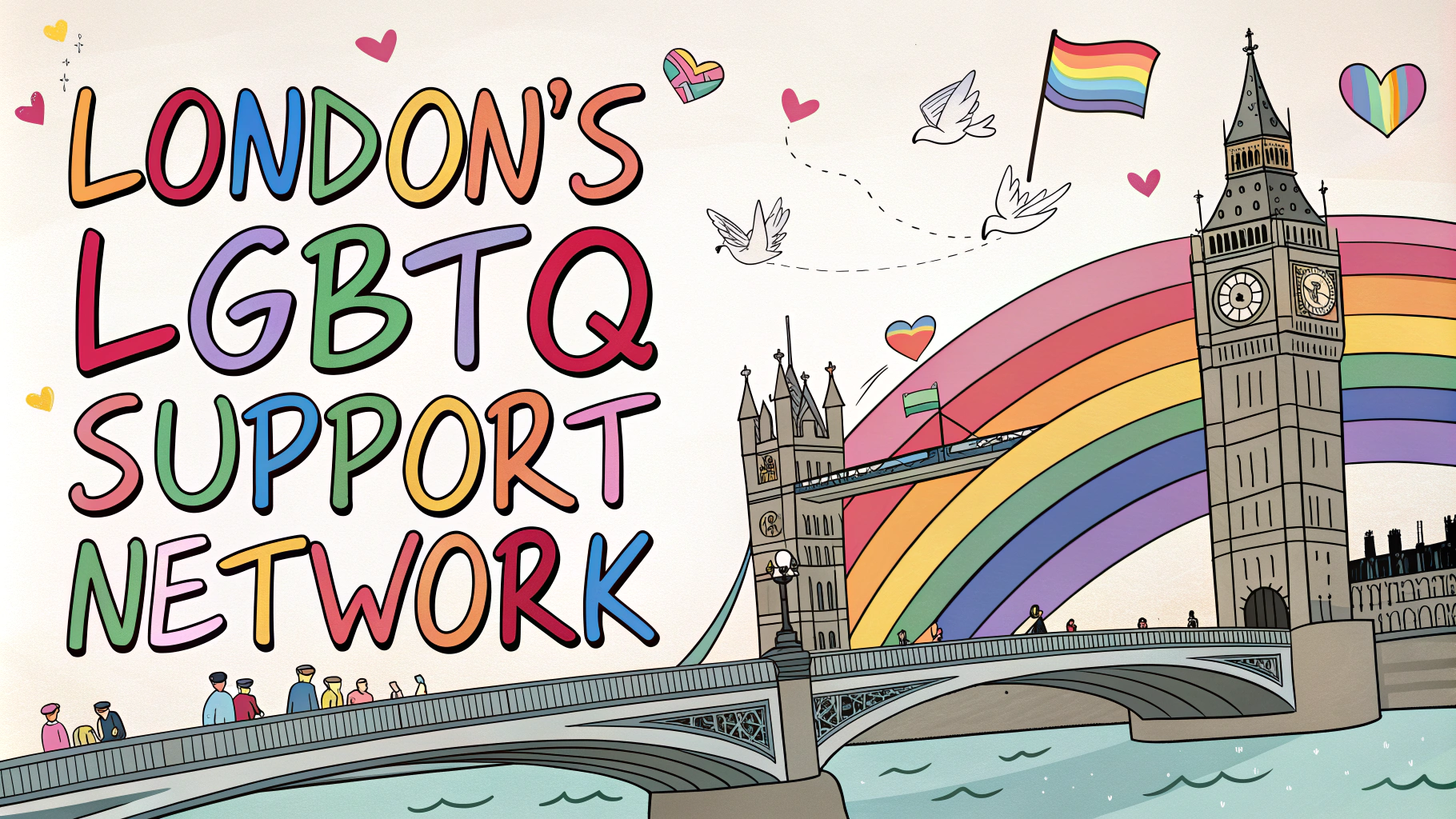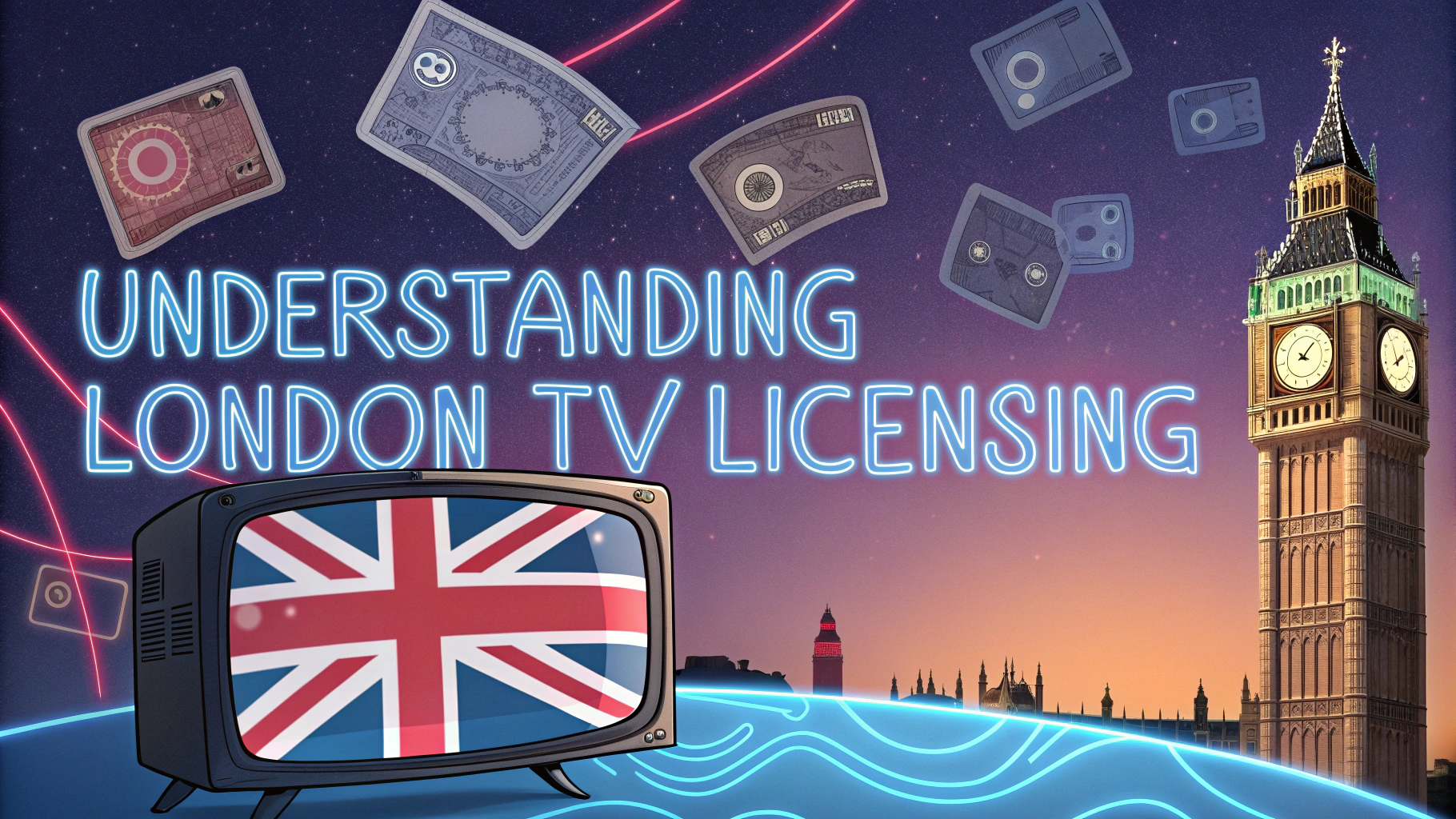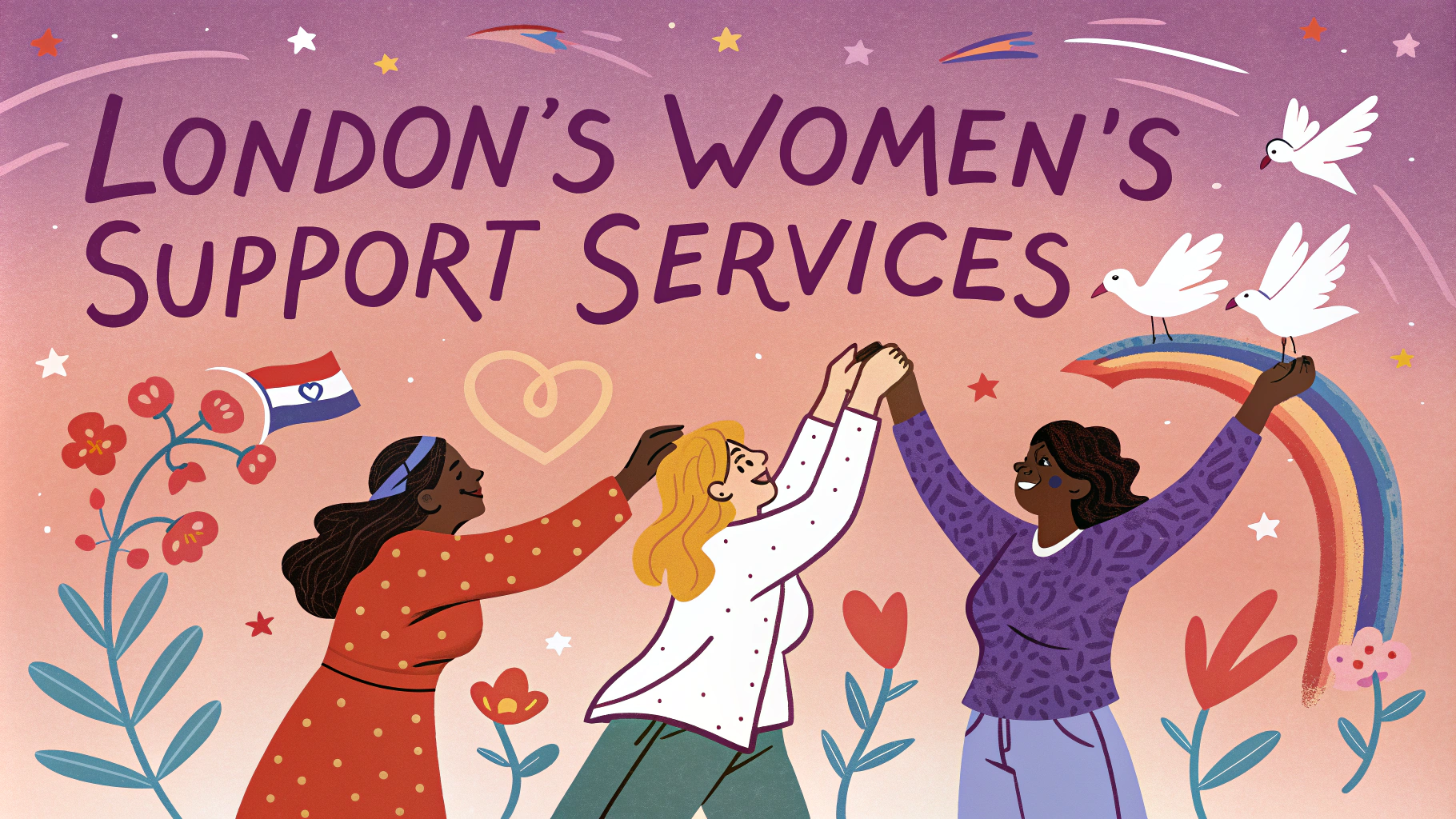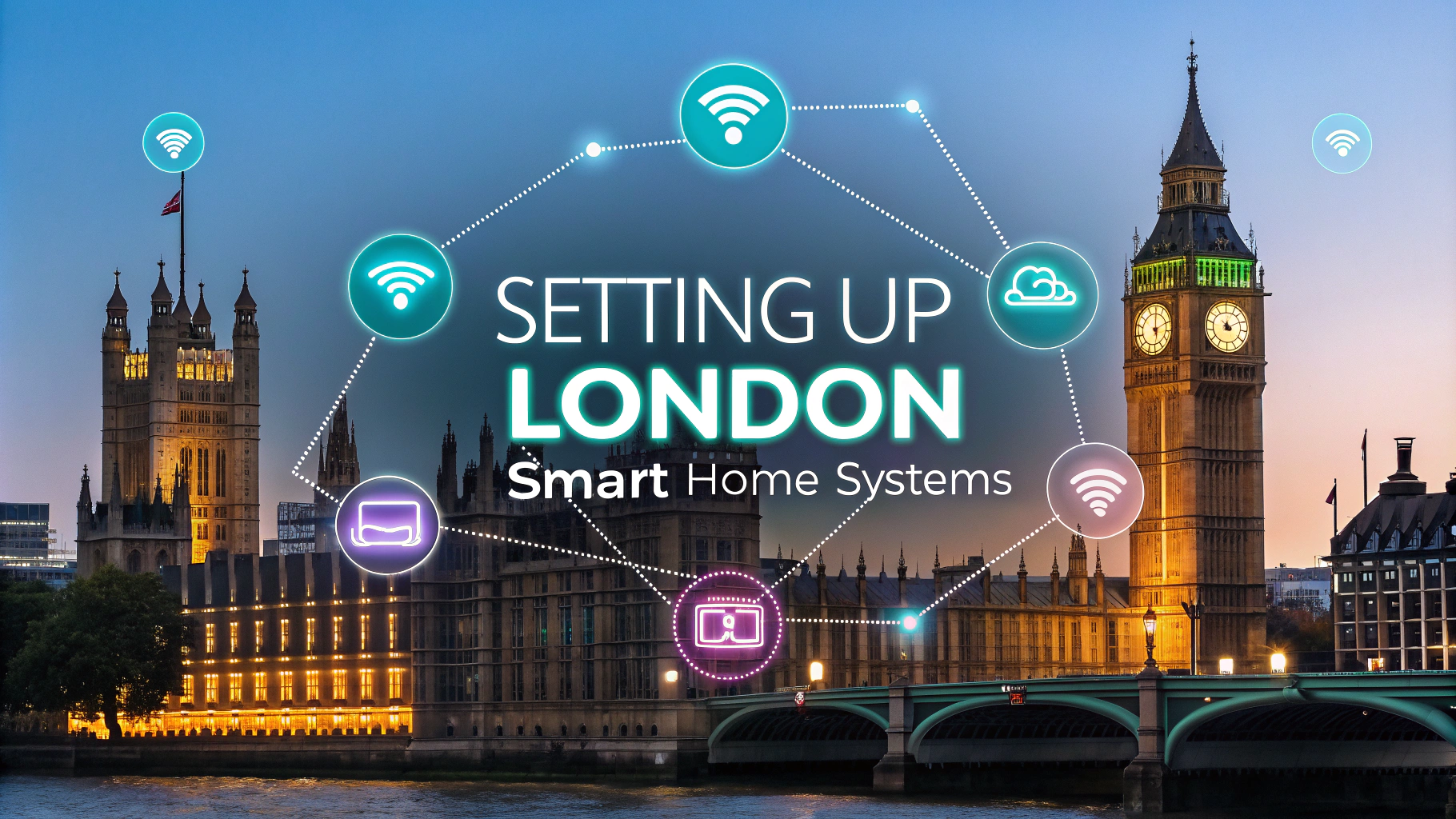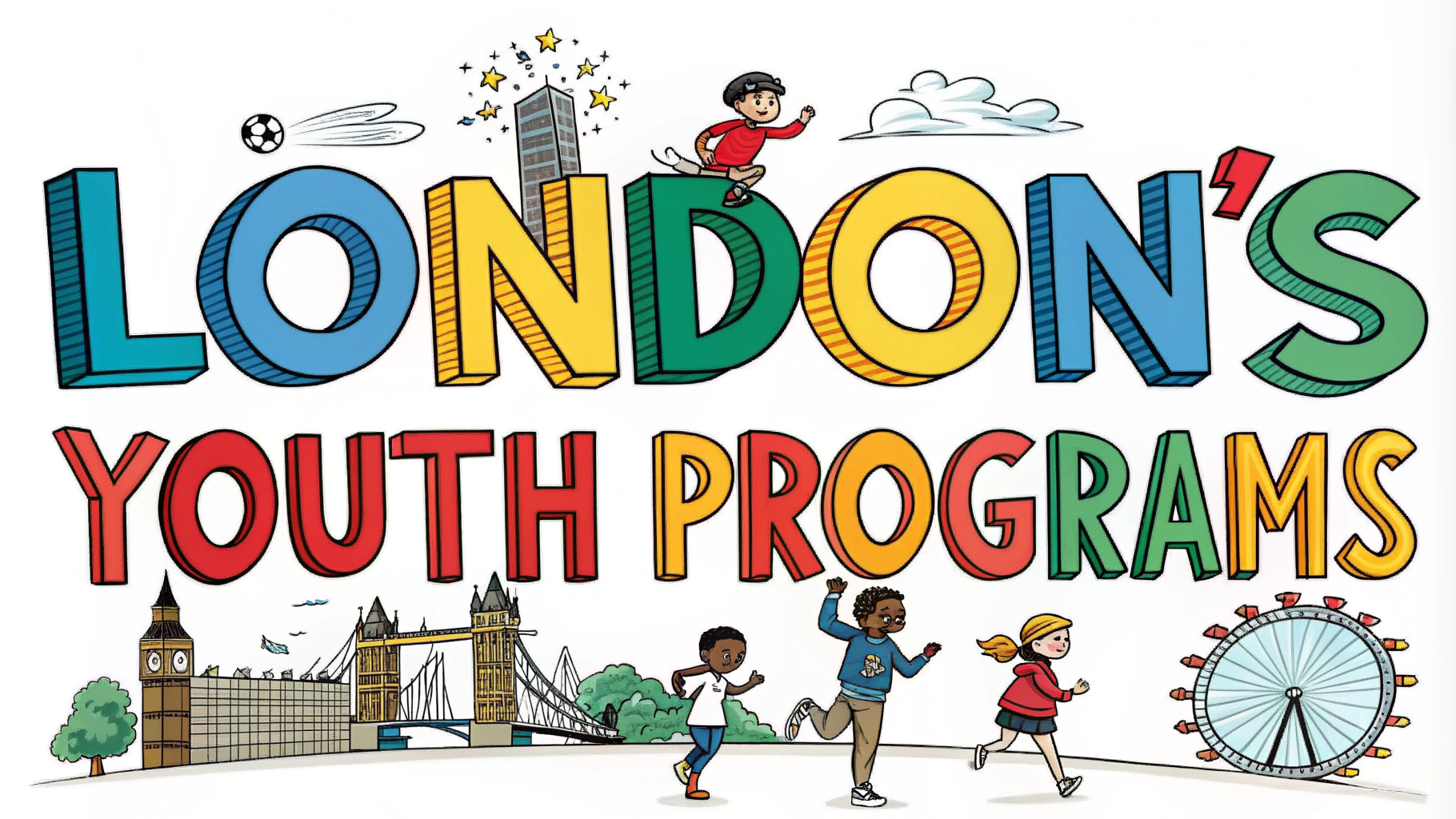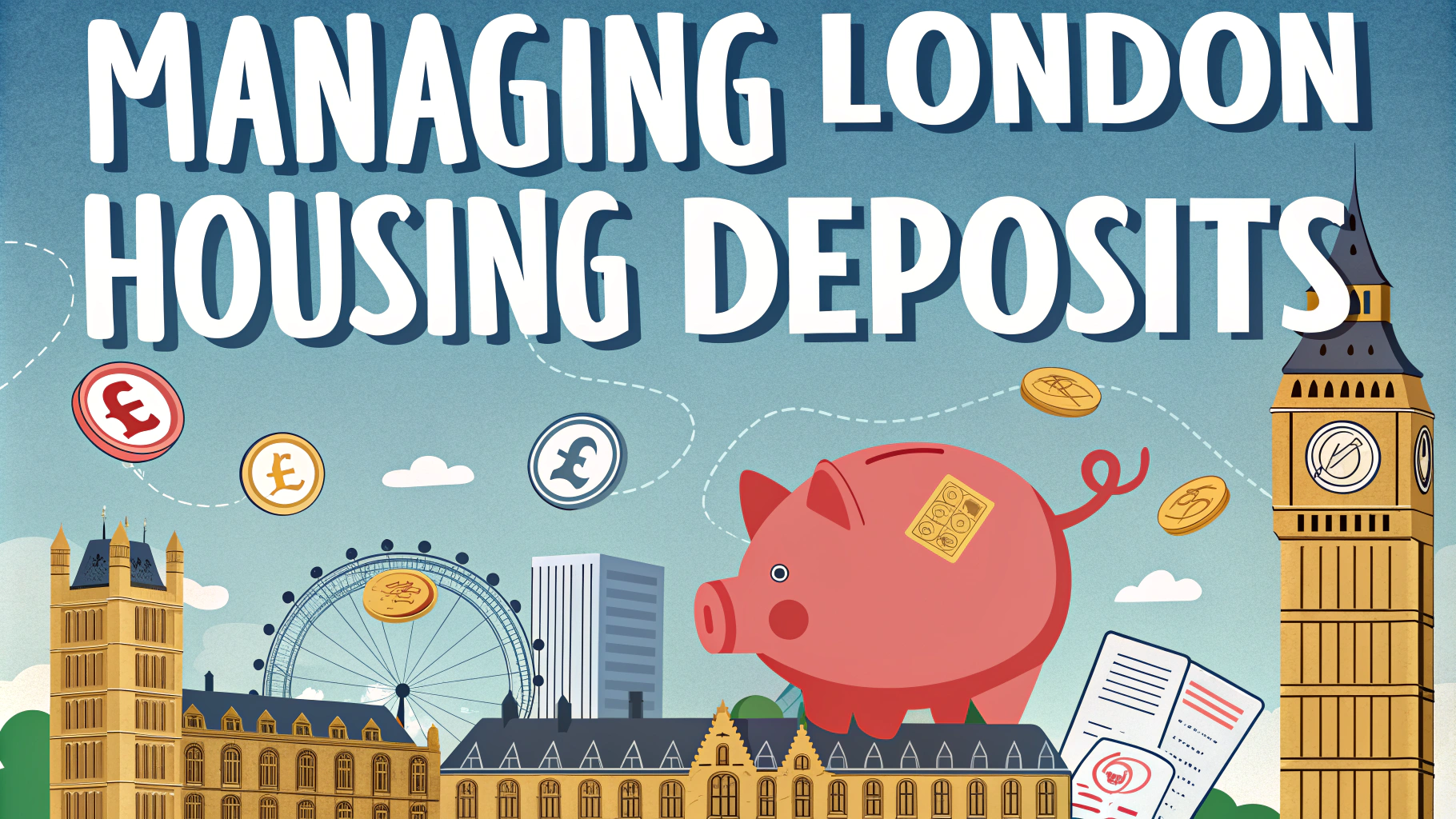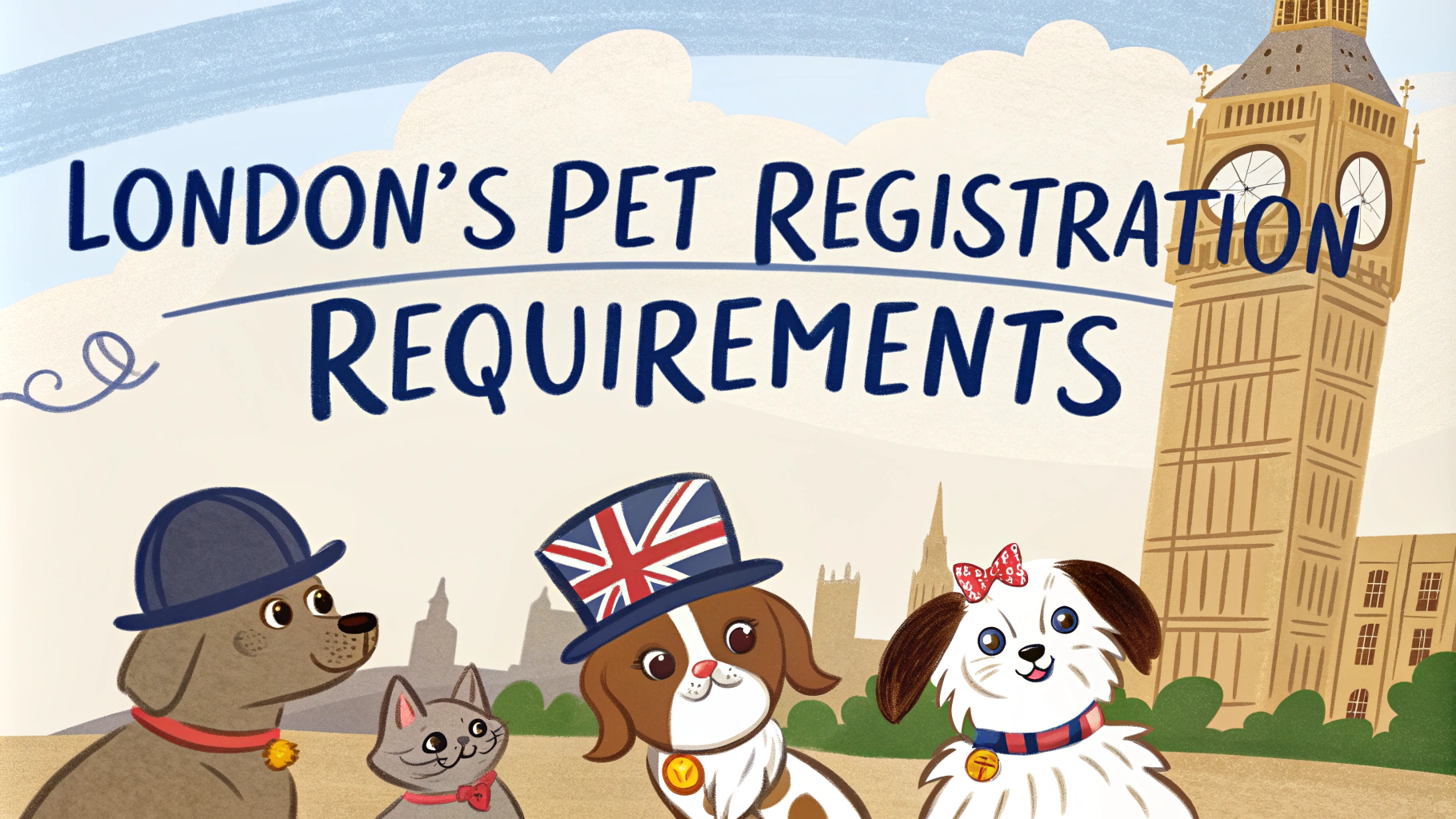London’s safety landscape has evolved significantly over recent years, with distinct patterns emerging across different boroughs and neighborhoods.
Understanding these safety metrics helps newcomers and residents make informed decisions about where to live, work, and spend time in the capital.
This safety guide combines official Metropolitan Police data with practical advice to help navigate London’s diverse areas safely.
Latest Crime Statistics By Borough
Richmond upon Thames, Kingston upon Thames, and Sutton consistently rank as London’s safest boroughs based on crime rates per 1,000 residents.
| Borough | Crime Rate (per 1,000) | Main Crime Types |
|---|---|---|
| Richmond | 64.0 | Theft, Anti-social behavior |
| Kingston | 68.2 | Vehicle crime, Burglary |
| Sutton | 70.5 | Property crime, Minor assault |
Safest Areas for Newcomers
- Greenwich – Low crime rates, good transport links
- Bromley – Suburban feel, family-friendly environment
- Harrow – Strong community presence, excellent schools
- Bexley – Affordable housing, below-average crime rates
Safety Tips for New Residents
- Register with local Neighborhood Watch programs
- Save emergency numbers: Police (999), Non-emergency (101)
- Install the Met Police app for local alerts
- Use well-lit streets and main roads after dark
Transport Safety Measures
Transport for London (TfL) operates 24/7 CCTV coverage across all public transport networks.
- Use licensed black cabs or pre-booked minicabs only
- Download Citymapper for safe route planning
- Look for night tube services on weekends
- Use TfL’s Journey Planner for safer late-night travel options
Emergency Contacts and Resources
- Metropolitan Police: 999 (emergency), 101 (non-emergency)
- NHS Emergency: 999
- Transport for London: 0343 222 1234
- Victim Support: 0808 168 9111
Moving Forward Safely in London
London remains one of the safest major cities globally, with robust police presence and community support systems.
Contact your local police station or visit www.met.police.uk for neighborhood-specific safety information.
Join local community groups and forums to stay informed about safety developments in your area.
Additional Safety Resources
Community Support Networks
- Local police ward meetings
- Borough safety partnerships
- Resident associations
- Street watch programs
Digital Safety Tools
- TfL Go app
- Personal safety apps
- Local crime mapping tools
- Community WhatsApp groups
Special Considerations
Different areas of London require different safety approaches. Consider these location-specific factors:
- Tourist areas require extra vigilance against pickpocketing
- Residential zones benefit from neighborhood watch schemes
- Business districts have increased security during working hours
- Park areas should be navigated carefully after dark
Seasonal Safety Measures
London’s safety needs change with the seasons:
- Winter: Extended dark hours require additional precautions
- Summer: Increased tourist presence in central areas
- Major events: Special security measures during festivals
- Holiday periods: Adjusted transport and emergency services
Building a Safer London Together
Safety in London is a shared responsibility between authorities and residents. Stay informed, connected, and proactive about personal and community safety.
Remember that most areas in London are safe for daily activities, but maintaining awareness and following basic safety guidelines helps ensure a positive experience in the city.
Visit your local police station or borough website regularly for updated safety information and community initiatives.
FAQs
- Which areas of London have the lowest crime rates?
Richmond upon Thames, Kingston upon Thames, and Harrow consistently rank among London’s safest boroughs with lower crime rates than the city average. - What safety precautions should I take when using London’s public transport at night?
Use well-lit, busy routes, stick to Night Tube services where available, sit near the driver in night buses, and use TfL’s registered cab services. - Are there any areas in London I should avoid when house hunting?
While personal safety varies, areas with historically higher crime rates include parts of Westminster, Camden, and Hackney, though these areas are undergoing significant regeneration. - What should I do if I experience a crime in London?
Dial 999 for emergencies, 101 for non-emergencies, or report online through the Met Police website. Always obtain a crime reference number. - How effective is London’s CCTV coverage for personal safety?
London has one of the world’s highest concentrations of CCTV cameras, with approximately 691,000 cameras across the city, providing significant coverage in public spaces. - What safety features should I look for when choosing accommodation in London?
Secure entry systems, well-lit entrances, window locks, smoke alarms, and carbon monoxide detectors are essential safety features to consider. - How does London’s crime rate compare to other major UK cities?
London’s crime rate per 1,000 residents is higher than the UK average, but comparable to other major cities like Manchester and Birmingham. - What are the most common types of crime to be aware of in London?
Theft, particularly pickpocketing and phone snatching, along with vehicle crime and burglary are the most frequently reported crimes in London. - How quickly do emergency services typically respond in London?
London emergency services aim to respond to urgent calls within 15 minutes, with an average response time of 7-8 minutes for high-priority incidents. - What neighborhood watch schemes are available in London?
Most London boroughs have active Neighborhood Watch programs, supported by the Metropolitan Police and local councils, with online platforms for community alerts.
